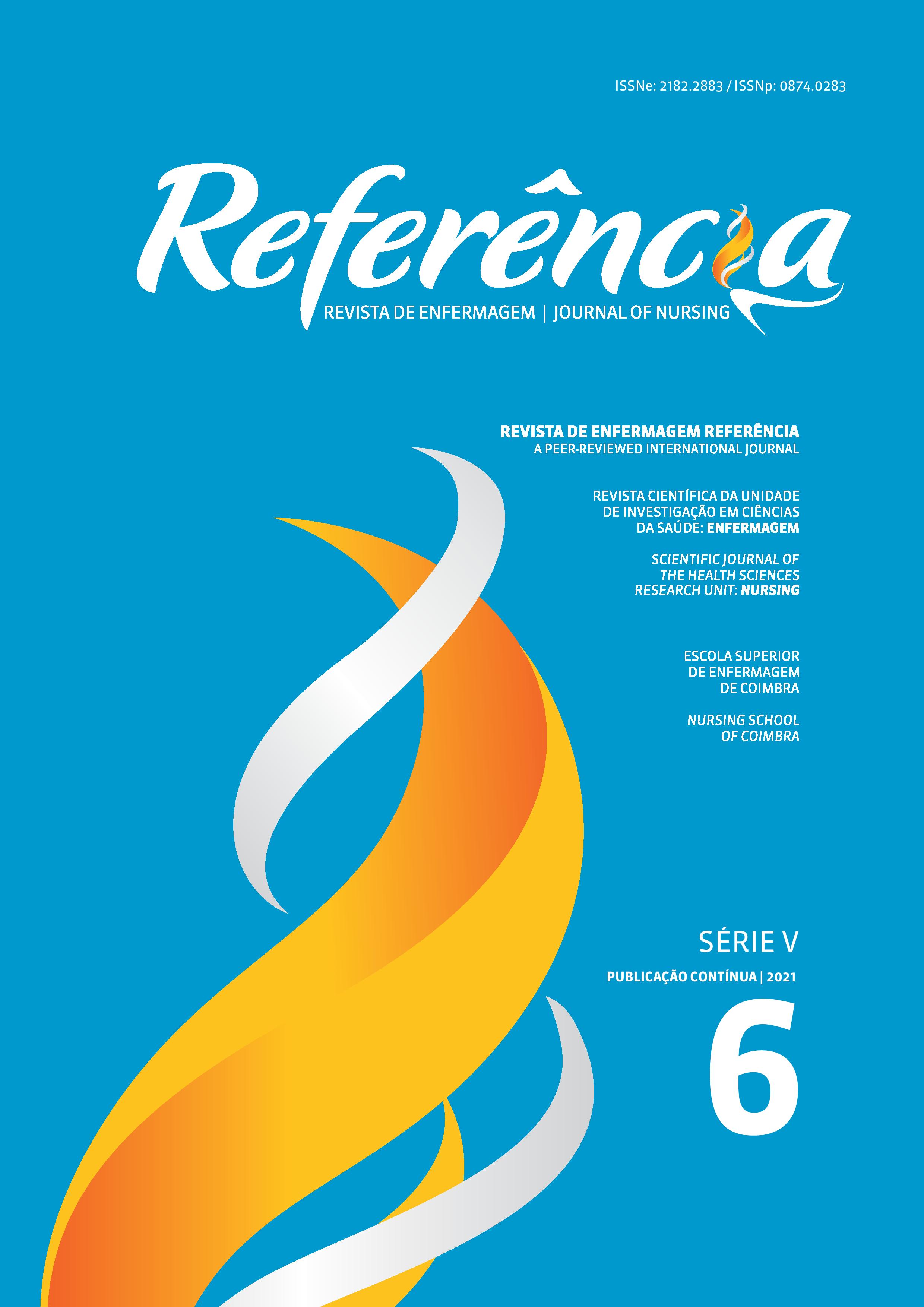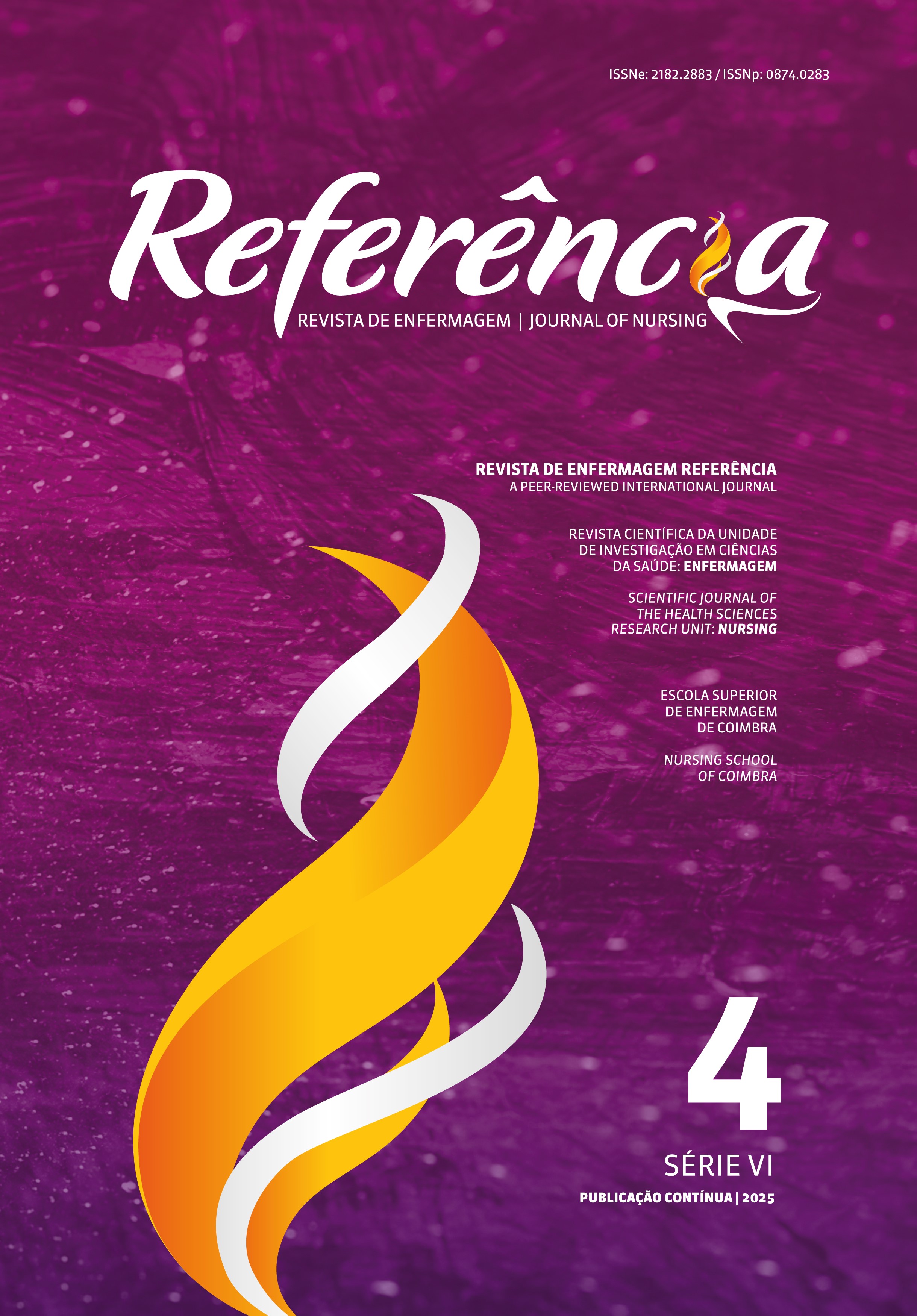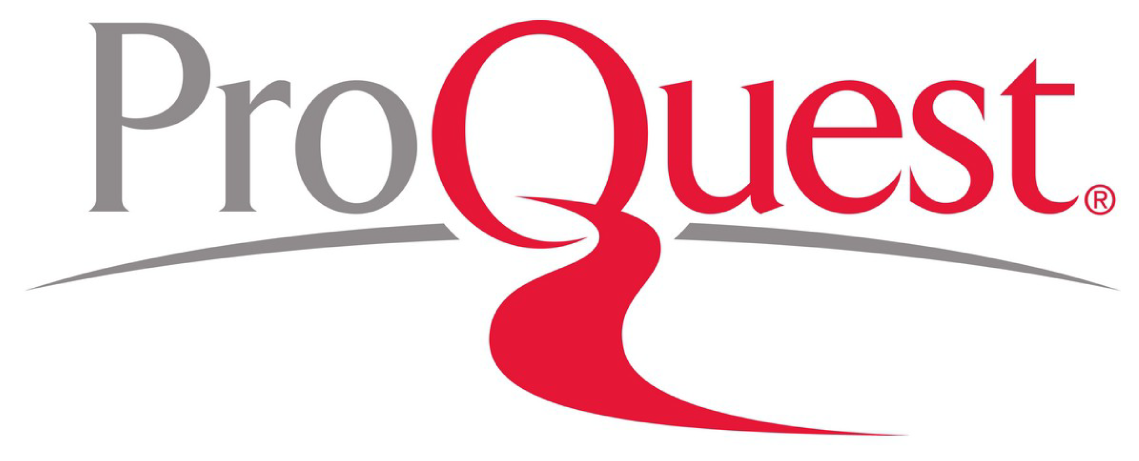Effects of chlorhexidine on the salivary microorganisms of patients in intensive care units
DOI:
https://doi.org/10.12707/RV20162Keywords:
oral hygiene, chlorhexidine, colony count, microbial, pneumonia, ventilator-associated, intensive care unitsAbstract
Background: The control of oral biofilm with antiseptics should follow the protocols designed for patients in intensive care units (ICUs).
Objective: To assess the effects of using 0.12% chlorhexidine solution in reducing the number of microorganisms in the saliva of ICU patients.
Methodology: Cohort study with 45 volunteers divided into Medical Clinic (control group, oral self-care), non-intubated ICU, and intubated ICU. Oral hygiene in the ICU was performed with chlorhexidine. Microbiological analysis was performed through salivary bacterial count. Data were analyzed using ANOVA.
Results: The number of microorganisms decreased after oral hygiene. A significant difference was found between the control and the ICU intubated groups in the immediate period and after 30 minutes. The number of microorganisms in intubated patients decreased 12 hours after oral hygiene with chlorhexidine.
Conclusion: The number of oral microorganisms decreases in intubated patients 12 hours after oral hygiene with chlorhexidine. These results may contribute to elaborating oral hygiene protocols for ICUs and planning strategies, for example, to reduce the costs and the side effects associated with chlorhexidine use.
Downloads
References
Camargo, L., Silva, S. N., & Chambrone, L. (2019). Efficacy of toothbrushing procedures performed in intensive care units in reducing the risk of ventilator-associated pneumonia: A systematic review. Journal of Periodontal Research, 54(6), 601-611. https://doi.org/10.1111/jre.12668
Das, P., & Challacombe, S. J. (2016). Dry mouth and clinical oral dryness scoring systems. Primary Dental Journal, 5(1), 77-79. https://doi.org/10.1177/205016841600500110
Deschepper, M., Waegeman, W., Eeckloo, K., Vogelaers, D., & Blot,S. (2018). Effects of chlorhexidine gluconate oral care on hospital mortality: A hospital-wide, observational cohort study. Intensive Care Medicine, 44(7), 1017-1026. https://doi.org/10.1007/s00134-018-5171-3
Despotovic, A., Milosevic, B., Milosevic, I., Mitrovic, N., Cirkovic, A., Jovanovic, S. & Stevanovic, G. (2020). Hospital-acquired infections in the adult intensive care unit-epidemiology, antimicrobial resistance patterns, and risk factors for acquisition and mortality. American Journal of Infection Control, 48(10), 1211-1215. https://doi.org/10.1016/j.ajic.2020.01.009
Galhardo, L. F., Ruivo, G. F., Santos, F. O., Ferreira, T. T., Santos, J., Leão, M. V. & Pallos, D. (2020). Impact of oral care and antisepsis on the prevalence of ventilator-associated pneumonia. Oral Health & Preventive Dentistry, 18(2), 331-336. https://doi.org/10.3290/j.ohpd.a44443
Guerra, F., Pasqualotto, D., Rinaldo, F., Mazur, M., Corridore D., Nofroni, I., Ottolenghi, L., & Nardi, G. M. (2019). Therapeutic efficacy of chlorhexidine-based mouthwashes and its adverse events: Performance-related evaluation of mouthwashes added with anti-discoloration system and cetylpyridinium chloride. International Journal of Dental Hygiene, 17(3), 229-236. https://doi.org/10.1111/idh.12371
Junior, A. C., Xavier, I. P., Silveira, L. M., Stabile, A. M., Cárnio, E. C., Gusmão, J. L. & Souza A. L. (2020). Higiene oral: Atuação da equipa de enfermagem em ambiente hospitalar. Revista de Enfermagem Referência, 5(1), e19099-e19099. https://doi.org/10.12707/RIV19099
Klompas, M. (2019). Prevention of intensive care unit-acquired pneumonia. Seminars in Respiratory and Critical Care Medicine, 40(4), 548-557. https://doi.org/10.1055/s-0039-1695783
Kolahi, J., & Soolari, A. (2006). Rinsing with chlorhexidine gluconate solution after brushing and flossing teeth: A systematic review of effectiveness. Quintessence International, 37(8), 605-612.
Kyeremanteng, K., Gagnon, L. P., Thavorn, K., Heyland, D., & D’Egidio, G. (2018). The impact of palliative care consultation in the ICU on length of stay: A systematic review and cost evaluation. Journal of Intensive Care Medicine, 33(6), 346-353. http://doi.org/10.1177/0885066616664329
McCue, M. K., & Palmer, G. A. (2019). Use of chlorhexidine to prevent ventilator-associated pneumonia in a long-term care setting: A retrospective medical record review. Journal of Nursing Care Quality, 34(3), 263-268. https://doi.org/10.1097/ncq.0000000000000367
Meidani, M., Khorvash, F., Abbasi, S., Cheshmavar, M., & Tavakoli, H. (2018). Oropharyngeal irrigation to prevent ventilator-associated--pneumonia: Comparing potassium permangenate with chlorhexidine. International Journal of Preventive Medicine, 9, 93. https://doi.org/10.4103/ijpvm.IJPVM_370_17
Rabello, F., Araújo, V. E., & Magalhães, S. (2018). Effectiveness of oral chlorhexidine for the prevention of nosocomial pneumonia and ventilator-associated pneumonia in intensive care units: Overview of systematic reviews. International Journal of Dental Hygiene, 16(4), 441-449. https://doi.org/10.1111/idh.12336
Sabino, S. S., Lima, C. A., Machado, L. G., Campos, P. A., Fontes, A. M., Gontijo-Filho, P. P., & Ribas, R. M. (2020). Infections and antimicrobial resistance in an adult intensive care unit in a Brazilian hospital and the influence of drug resistance on the thirty-day mortality among patients with bloodstream infections. Revista da Sociedade Brasileira de Medicina Tropical, 53, e20190106. https://doi.org/10.1590/0037-8682-0106-2019
Saunders, R., & Geogopoulos, D. (2018). Evaluating the cost-effectiveness of proportional-assist ventilation plus vs. pressure support ventilation in the intensive care unit in two countries. Front Public Health, 6, 168. https://doi.org/10.3389/fpubh.2018.00168
Scannapieco, F. A., Yu, J., Raghavendran, K., Vacanti, A., Owens, S. I., Wood, K., & Mylotte, J. M. (2009). A randomized trial of chlorhexidine gluconate on oral bacterial pathogens in mechanically ventilated patients. Critical Care, 13(4), R117. https://doi.org/10.1186/cc7967
Tomás, I., Cousido, M. C., García-Caballero, L., Rubido, S., Limeres, J., & Diz, P. (2010). Substantivity of a single chlorhexidine mouthwash on salivary flora: Influence of intrinsic and extrinsic factors. Journal of Dentistry, 38(7), 541-546. https://doi.org/10.1016/j.jdent.2010.03.012
Vidal, C. F., Vidal, A. K., Monteiro Jr., J. G., Cavalcanti, A., Henriques, A. P., Oliveira M., Godoy, M., Leandro, M. A., Montarroyos, U., Ximenes, R. A., & Lacerda H. R. (2017). Impact of oral hygiene involving toothbrushing versus chlorhexidine in the prevention of ventilator-associated pneumonia: A randomized study. BMC Infectious
Diseases, 17(1), 112. https://doi.org/10.1186/s12879-017-2188-0
Zand, F., Zahed, L., Mansouri, P., Dehghanrad, F., Bahrani, M., & Ghorbani, M. (2017). The effects of oral rinse with 0.2% and 2% chlorhexidine on oropharyngeal colonization and ventilator associated pneumonia in adults’ intensive care units. Journal of Critical Care, 40, 318-322. https://doi.org/10.1016/j.jcrc.2017.02.029






















